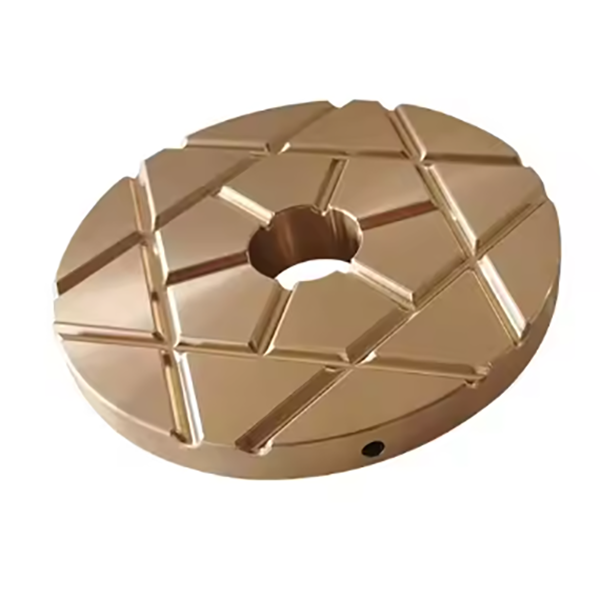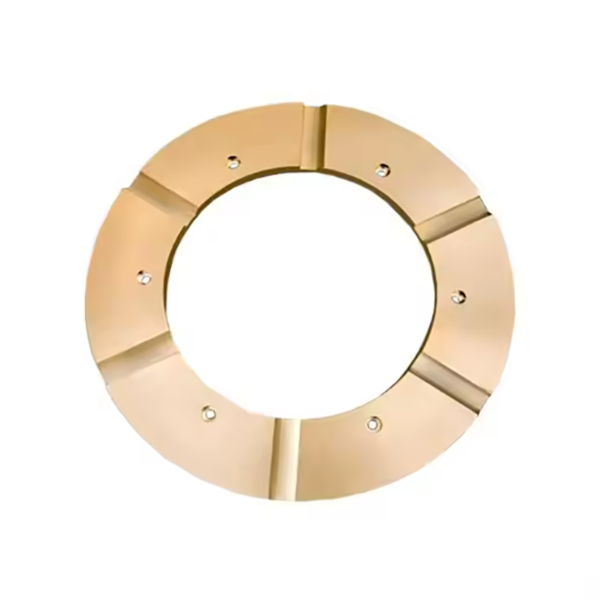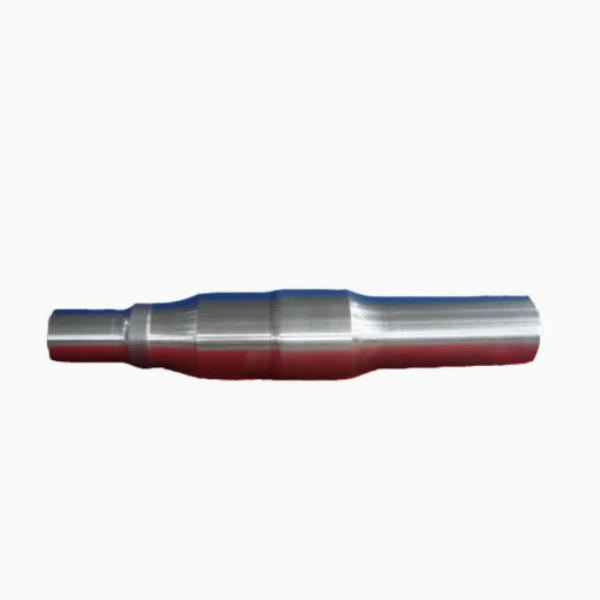Cone Crusher Main Shaft
The cone crusher main shaft, a critical rotating component connecting the eccentric bushing to the moving cone, performs key functions such as power transmission (driving the moving cone's eccentric rotation), load bearing (withstanding axial and radial loads up to thousands of kilonewtons), eccentric motion guidance (maintaining the moving cone's orbital path), and structural alignment (ensuring concentricity between the moving and fixed cones). It requires exceptional tensile strength, fatigue resistance, and dimensional precision for operation at 500–1500 rpm.
Structurally, it is a stepped, cylindrical or conical forged component consisting of the shaft body (high-strength alloy steel 42CrMo or 35CrNiMo with 100–500 mm diameter and 500–2000 mm length), upper cone mount, eccentric bushing interface, bearing journals, shoulders and keyways, and lubrication channels.
The manufacturing process involves forging (billet heating to 1100–1200°C, open-die forging, precision forging) and heat treatment (quenching and tempering, local surface hardening). Its machining and manufacturing process includes rough machining, precision machining of critical features, lubrication channel drilling, balancing, and surface treatment.
Quality control processes cover material and forging testing (chemical composition analysis, ultrasonic testing), dimensional accuracy checks (using CMM and laser alignment tool), mechanical property testing (hardness and tensile testing), non-destructive testing (MPT and eddy current testing), and functional testing (rotational and load testing). These processes ensure the main shaft achieves the required precision, strength, and reliability to drive the cone crusher's crushing motion in mining and aggregate processing applications
More







